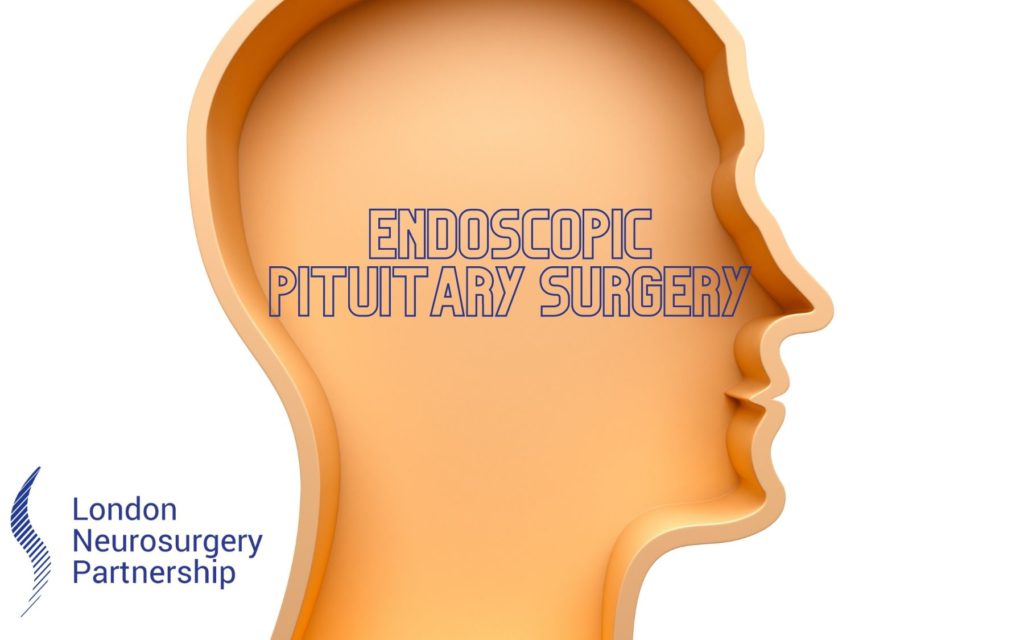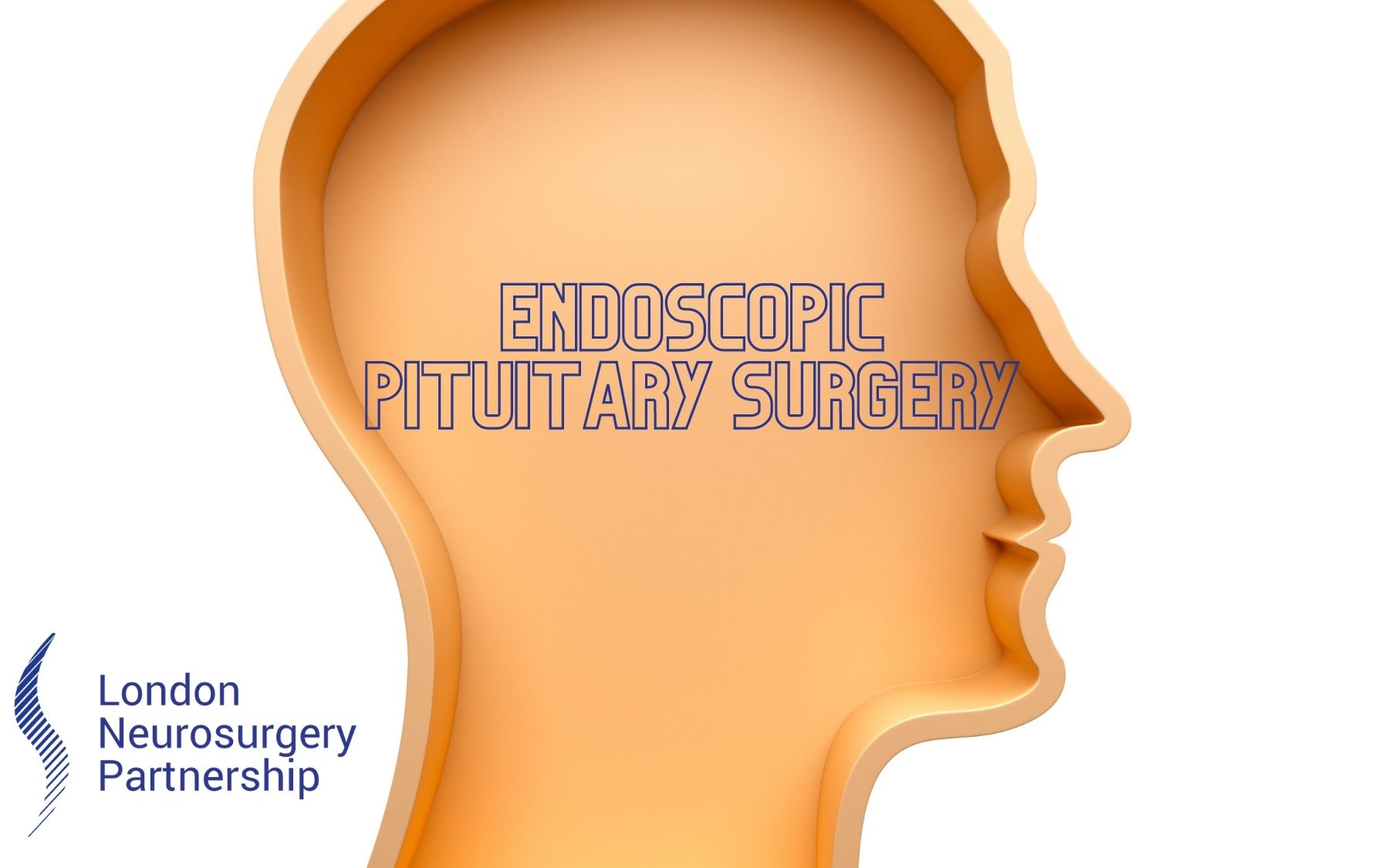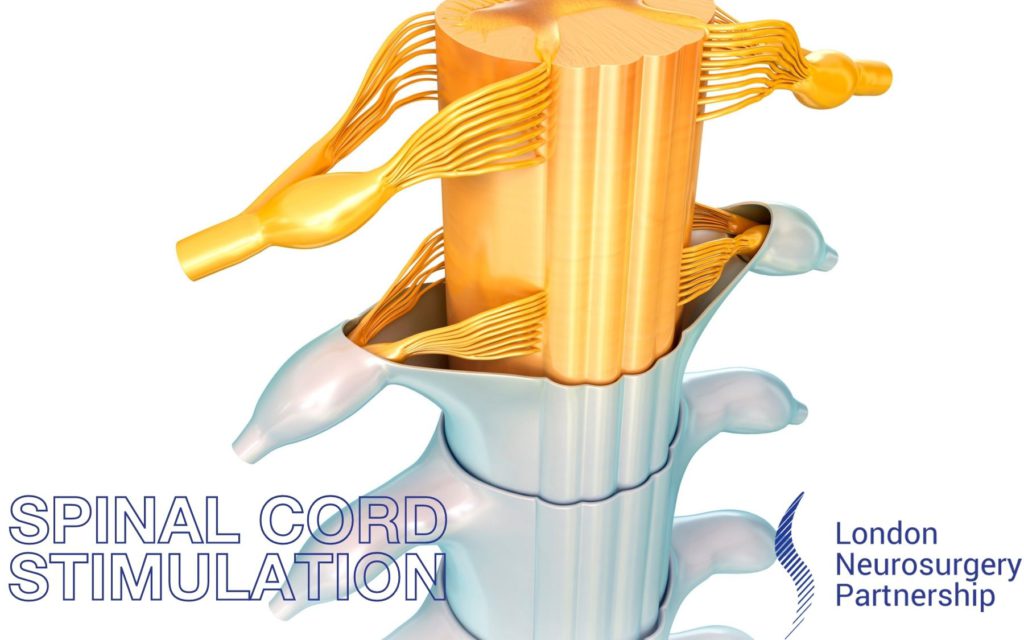
Endoscopic pituitary surgery is also called transsphenoidal endoscopic surgery and is the most common surgery used to remove a pituitary tumour.
What are pituitary tumours?
A pituitary tumour, also known as an adenoma, are benign (non-cancerous) growths that develop from the tissue of the pituitary gland. This gland is situated at the bottom of the brain above the inside of the nose. A pituitary tumour can cause an over or under production of certain hormones which gives rise to specific symptoms.
What is endoscopic surgery?
Endoscopic pituitary surgery is surgery performed using an endoscope which is a long, thin tube that has a microscope, light source and camera built into it. Usually, this is inserted through the nose to access the tumour in the pituitary gland. Endoscopic surgery can be used across the body for other types of brain surgery, spine surgery and many other different areas as well. The endoscope allows the surgeon to visualise the tumour on a screen (via the camera) and use other instruments which are fed down the tube to remove the tumour.
When would you have endoscopic pituitary surgery?
Pituitary tumours may be removed for the following reasons:
- Cancerous tumours (although this is rare)
- Hormone secreting tumours – upset the natural hormone balance of the body
- Non hormone secreting tumours – or endocrine inactive pituitary adenomas, although they don’t cause problems with hormone and are not cancerous sometimes they need to be removed as their presence causes headaches and visual problems
Risks of endoscopic pituitary surgery
As with all surgery this does carry risks and these should be discussed in details with your consultant prior to surgery. These include:
- CSF rhinorrhea: This is the leakage of CSF or cerebrospinal fluid from the nose following surgery. In some cases this may need to be repaired in a secondary surgery.
- Meningitis: This is an infection in the lining of the brain and spinal cord which can occur following surgery
- Damage to the pituitary gland: Damage may mean that hormone secretions following surgery are not normal and hormone replacement may be needed
- Diabetes insipidus: if the part of the pituitary gland controls urination is damaged it may lead to frequent urination and thirst
During surgery
During the surgery itself the neurosurgeon will work with an ENT surgeon, this is an ear, nose and throat specialist. The surgeons work together to access the pituitary gland and remove the tumour.
After surgery
Following the procedure you will spend a day or two in hospital before you return home. You will be encouraged to get out of bed and move around and take on plenty of fluids. You will be given some pain medication after the operation and your surgeon will advise you to avoid heavy lifting or straining until you have been signed off to do so.
This article is intended to inform and give insight but not treat, diagnose or replace the advice of a doctor. Always seek medical advice with any questions regarding a medical condition.






0 Comments